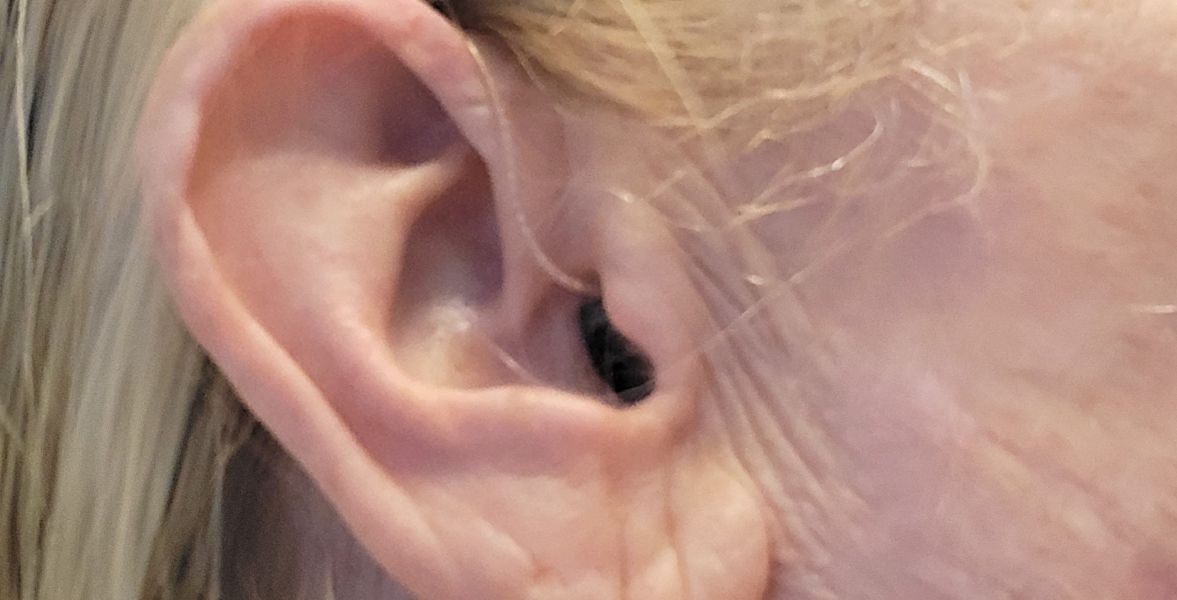Published - Sat, 18 Jun 2022

HOW TO PREVENT HEARING LOSS
Knowing what is considered "loud" and limiting your exposure are the keys to preventing hearing loss. If you're in an environment where you're shouting to be heard above the din, you're putting your hearing at risk.
Hearing loss can be caused by repeated or long-term exposure to sounds with a decibel level of 85 or higher. While not all types of hearing loss can be avoided, you can take steps to reduce your chances of developing age-related or noise-induced hearing loss. When it comes to loud noises, it's never too early—or too late—to start wearing hearing protection.
Hearing loss prevention is critical throughout one's life, from prenatal and perinatal stages to later years. Nearly 60% of hearing loss in children is caused by preventable causes that can be avoided by implementing public health measures. Similarly, the most common causes of hearing loss in adults, such as loud noise exposure and ototoxic medications, can be avoided.
It's possible to gradually lose your hearing and not realize it until the damage is irreversible. Here are a few hearing tips to help you begin protecting your hearing right away.
Use Hearing Protection: If you know you'll be exposed to loud noise for more than a few minutes, consider using hearing protection such as earplugs (foam or rubber plugs that go in your ear canal and can reduce noise by 15 to 30 decibels) or earmuffs (These fit completely over your ears and reduce sounds by about 15 to 30 decibels). Avoid standing near the speakers or the area where fireworks will be launched. The loud noise can quickly cause damage.
Earplugs and earmuffs can be worn together for even more protection.
Reduce the volume: If you have to yell to hear the television, radio, or streaming device, lower the volume. If the person next to you can hear what you're listening to through headphones, it's probably too loud.
Stick to the 60:60 Rule: Allow yourself no more than 60 minutes per day to listen to music at 60 percent of maximum volume.
Invest in Noise-Canceling Headphones: It can help you hear music, movies, and phone conversations better by blocking out background noise. This allows you to use a lower volume and rest your ears.
Properly Remove Earwax: Wax buildup in your ears can cause sound to be muffled. Cleaning them out with a cotton swab, on the other hand, can push wax deeper in. Instead, soften the wax with an at-home irrigation kit and gently wash it away. Your doctor may need to remove it if it becomes compacted in your ear.
Check Medications for Hearing Risks: Approximately 200 drugs, including some antibiotics and cancer-fighting drugs, can cause hearing loss. Even high doses of aspirin can cause your ears to become damaged. Check with your doctor if you're taking a prescription medication to make sure it won't interfere.
Don't Put Anything in Your Ear: The general rule is that you shouldn't put anything in your ear that is smaller than your elbow. Cotton swabs, paperclips, bobby pins, keys, and anything else you might use to scratch or clean your ears fall into this category.
Turn down the Volume in the Car: Listening to loud music in a confined space can cause damage to your ear's hair cells. Reduce the volume when the windows are closed. While it's fun to feel the wind in your hair while driving with the windows down, the noise it creates can lead to hearing loss. It is preferable to keep the window up when driving at high speeds.
Keep Moving: Exercise circulates blood throughout your entire body, including your ears. Circulation is important for maintaining oxygen levels and keeping the internal parts of the ears healthy.
Avoid Earbuds: Although they are less noticeable than traditional earmuff style headphones, earbuds do not effectively block out background noise. This may tempt you to turn up the volume, causing hearing damage.
Maintain healthy blood pressure and heart: High blood pressure and heart disease can harm the delicate mechanisms that help you hear inside your ear. Follow your doctor's treatment recommendations if you have high cholesterol or blood pressure.
Maintain a healthy weight: Diabetics are twice as likely to develop hearing loss. Diabetes can harm the cells in your inner ear, just like high blood pressure. Maintain a healthy blood sugar level.
Eat foods high in certain vitamins and minerals: Good hearing requires a variety of vitamins and minerals, particularly B12, potassium, and magnesium. Because iron deficiency anemia is linked to hearing loss, eat a diet high in iron.
Don't smoke and drink in moderation: Tobacco use has been linked to a higher risk of hearing loss, according to research. If you don't smoke, stay away from secondhand smoke. Similarly to heavy alcohol consumption, can result in a toxic environment in the ear.
Created by
Comments (0)
Search
Popular categories
Latest blogs

All you need to know about Syphilis
Tue, 15 Nov 2022

What is Pemphigus Vulgaris?
Tue, 15 Nov 2022

Know about Scorpion Stings
Sat, 12 Nov 2022

Write a public review